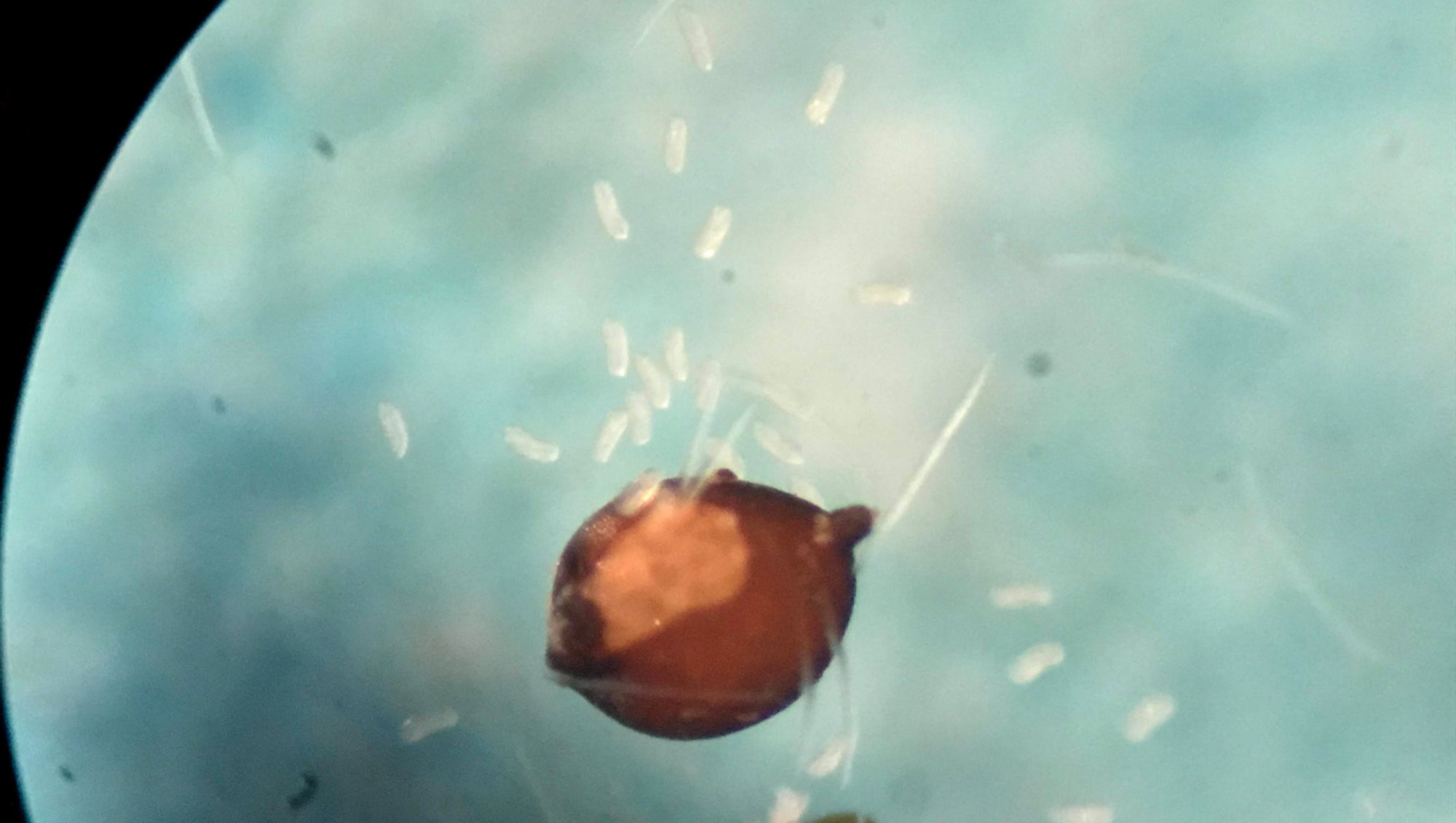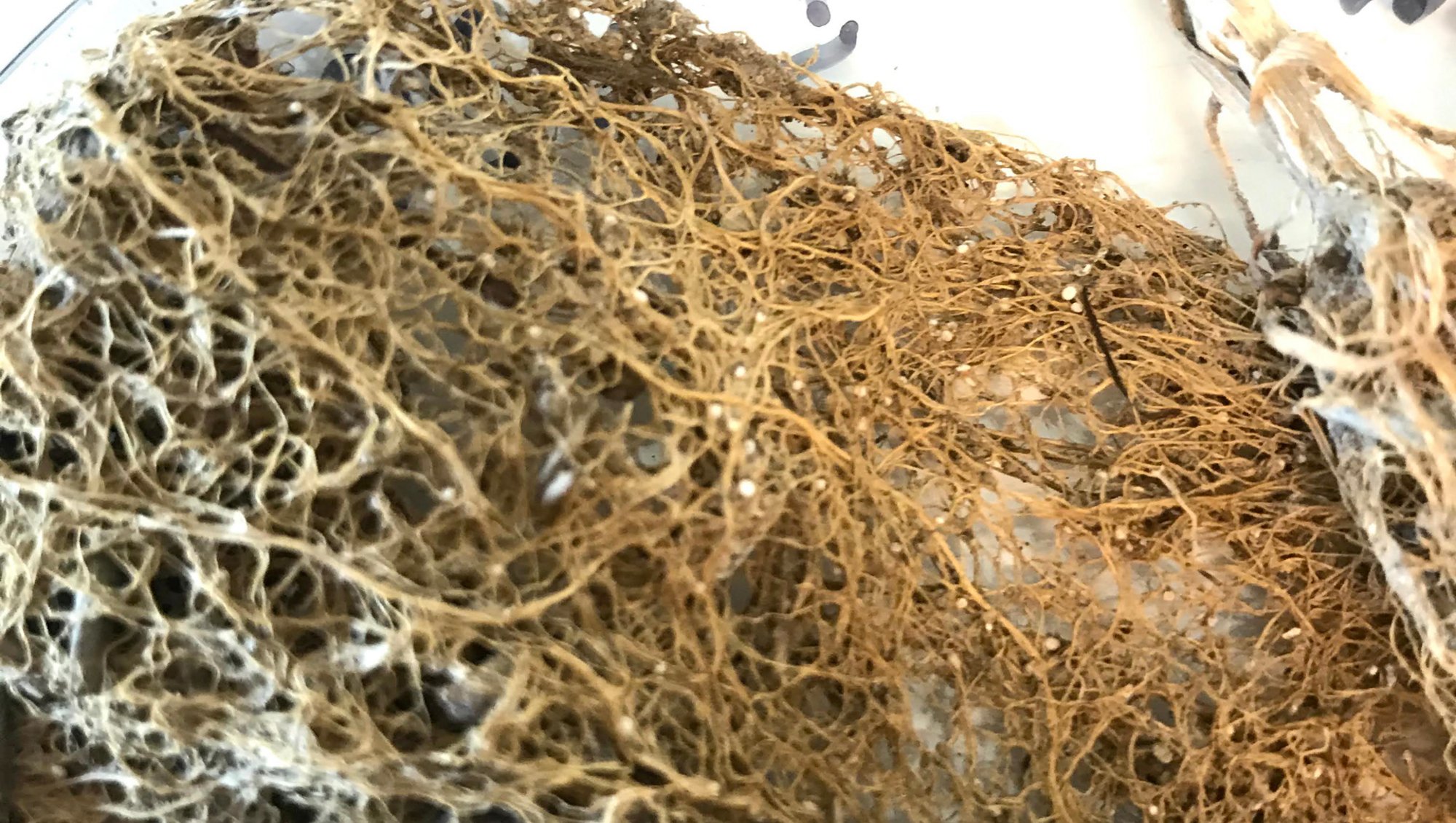OatGanic
Oat varieties with nematode resistance, high disease resistance and high yield
Oat is advantageous for organic cultivation as it competes well against weeds and is a good preceeding crop. Oat is also gluten free, and there is a great demand for organic oat to produce oat drink, oatmeal, and henceforth, plant-based foods.
A problematic aspect of the increasing cultivation of oat in the crop rotation is the risk of attack from oat nematodes (Heterodera avenae). Crop rotation and cultivation of resistant varieties is the only known protection against this pest. However, the yield of the resistant varieties currently available on the market is 10 percent less than the best non-resistant varieties, which lowers the potential for organically grown oat in Denmark.
In Denmark, organic oat production covers approximately 25,000 ha. which amounts to 32 percent of the total oat area of 77,500 ha. Conventional oat is grown on 4 percent of the grain area, whilst organic oat is grown on 25 percent of the organic grain area.
The Purpose of OatGanic
The project results are expected to make oat improvement more effective, thereby ensuring a quicker progress of qualities important for organic cultivation with new oat varieties.
The project OatGanic establishes an improvement programme for organic oat in Denmark to increase the sustainability and profitability of organic cultivation of oat. This will be done by improving new oat varieties with high yield, nematode resistance as well as resistance toward other leaf diseases, improved competitive performance against weeds, higher protein content, and effective uptake of nutrients.
By analysing the correlation between genotype data and phenotype data OatGanic will develop models to predict phenotypes from the genotype. The method is used to predict the yield of different qualities in specific varieties before going through with cost heavy field experiments.
The project will develop a genetic marker for nematode resistance to replace the current methods that are slow, expensive, and have small capacity.
The Project Step by Step
- In the years 2022, 2023, and 2024 OatGanic tests approximately 100 new F6 branches/year in organic experiments. The best branches are selected each year for experiments the following year. The experiments are overflown with drone to determine population, RDVI, and RDVE
- The same 100 F6 branches are genotyped every year
- Every year, analyses of phenotype and genotype data are performed
- A marker for nematode resistance is developed
- Varieties are reviewed for official variety testing in Denmark
- Genomic selection tools for quantitative qualities are developed



